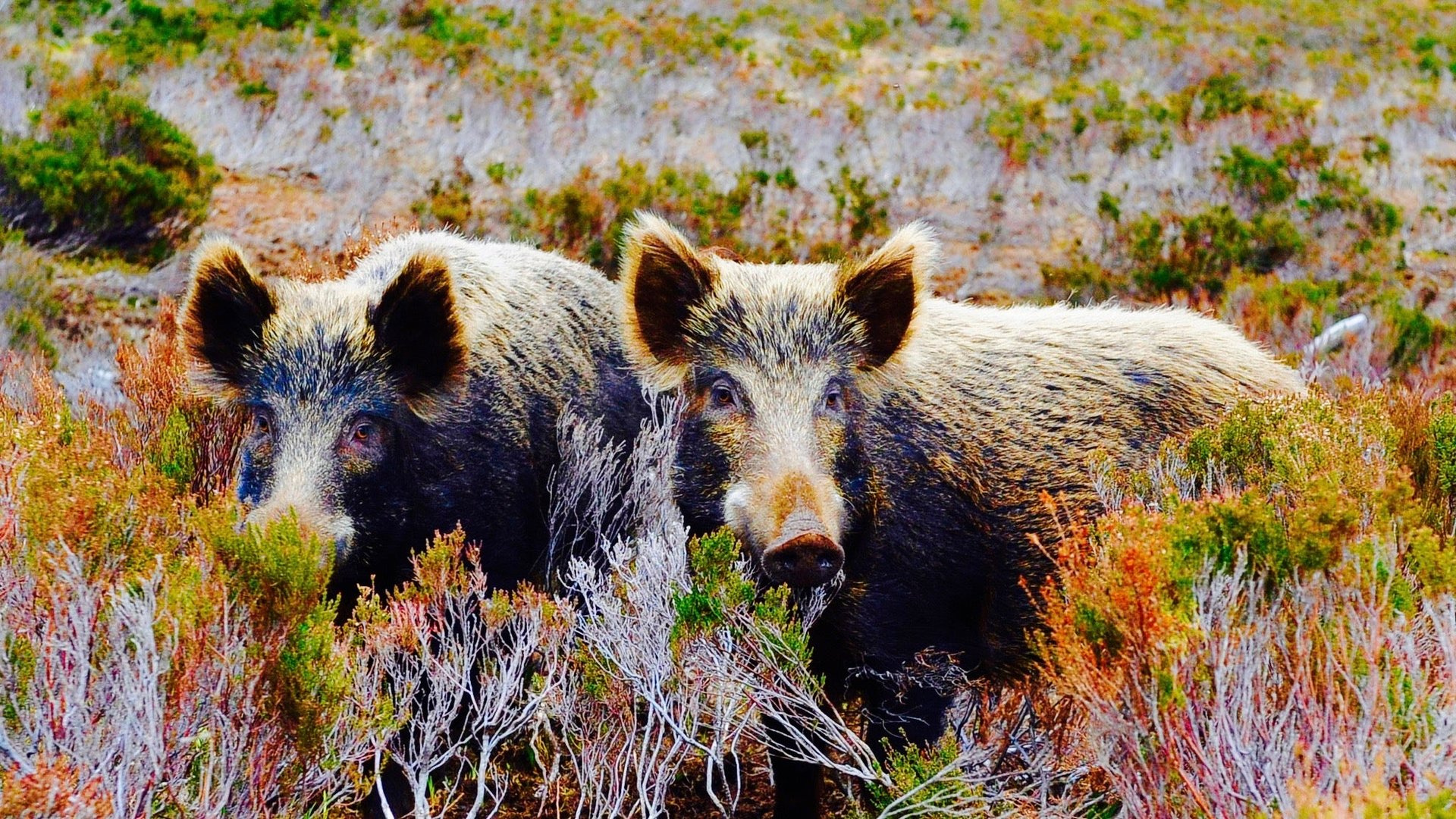Radioactive wild boars in Sweden are eating nuclear mushrooms
Radioactive wild boars currently roaming central and northern Sweden are proof positive that nuclear disasters have long-term environmental impacts, both near and far from where they occur.


Radioactive wild boars currently roaming central and northern Sweden are proof positive that nuclear disasters have long-term environmental impacts, both near and far from where they occur.
In 1986, a nuclear power plant in Chernobyl, Ukraine exploded, irradiating the surrounding region, including Belarus, Russia and the rest of the Ukraine, and sending a cloud of radioactive material over northern and central Sweden. At the time, Swedes were warned against eating potentially nuclear berries and mushrooms. But no one told the wild boars about irradiated fruits and fungus, and three decades later these Swedish animals show exceptionally high levels of radioactivity because of mushrooms rooted deep in ground that remains radioactive.
On Oct. 5, the Swedish television channel SVT reported (link in Swedish) that of 30 wild boar carcasses tested for radiation this year by Calluna, a local environmental consultancy, 24 showed high levels of exposure. Calluna’s Ulf Frykman recently alerted local hunters in the Gävle region, about 100 miles north of Stockholm, of “extremely high” radiation levels among local boar,
“This is the highest level we’ve ever measured,” he told the Telegraph, noting one animal in particular. Although flora and fauna in Sweden have been generally deemed safe, Frykman believes deeply-rooted, nuclear mushrooms in the country’s northern territories are to blame for the high traces of radiation in these wild boars.
The creatures root for food in the soil, which exposes them to the iodine and cesium-137 traces that remain in soil long after they’re gone above ground. “Wild boar root around in the earth searching for food, and all the cesium stays in the ground,” Frykman explained. “If you look at deer and elk, they eat up in the bushes and you do not have not so much cesium there.”
Boars in the north of Sweden were hunted to extinction two centuries ago because they were destructive to agricultural land. But their population has exploded since then: “After being reintroduced and extinct a few times, the present wild boar population in Sweden descends from animals escaped from enclosures in the 1970s and probably from illegal releases,” posits a 2010 report by the Swedish University of Agricultural Studies (pdf). Now, about a quarter million wild boars are estimated to live in the wilderness throughout the country, where they are hunted for food and sport.
Frykman expects to see more boar with extreme radiation levels as populations continue to increase and more such animals make their way north over the years. “There are more and more of them, and when they come, they come in large numbers,” Mia Brodin, a northern farming association representative told the Telegraph. “They dig deep holes in the fields, [which] destroy your tractor. The crops are destroyed and they eat food you put out for your livestock.”
The growing population, Frykman says, forces creatures further afield in search of food, leading to them to eat more mushrooms in cesium-rich area.
Meanwhile, growing awareness of nuclear pigs might make hunting for these creatures unattractive, and that’s problematic, too. Swedish farmers are fearful that hunters will stop thinning the herd and the boar population will soon rise again, to levels that endanger the nation’s forests and their crops.
The European pig-industry blog Pig Progress notes that a representative from the Swedish Radiation Safety Authority, Pål Andersson, reassured SVT that hunting and killing of wild boars can continue unabated with little risk to human health. People can keep on eating irradiated bacon—and other wild boar products—despite the data. “I do understand the fear, but the health risk is low. One needs to consume impossible amounts of radioactive pork chops to run a higher cancer risk,” he said.
People can generally tolerate some toxins. Although it’s impossible to verify just how many toxic chops it would take to increase risk, it’s notable that much food around the world is irradiated for preservation. Experts also seem to agree that some cesium in meat can be reduced through specific cooking techniques.
Studies after Chernobyl examined cesium in all kinds of food, and officials in Japan relied on those findings when informing the public after the nuclear power plant explosion in Fukushima in 2011, according to Kunikazu Noguchi, a lecturer at Nihon University in Tokyo. He told the Japan Times that grilling meat to a medium or medium-well state and sprinkling it with salt cut 28% of cesium, while boiling meat was proven to reduce cesium levels by about half.
Of course, if you happen to be in Sweden and prefer not to mess with the cesium, your best bet is probably just avoiding wild boar meat altogether.